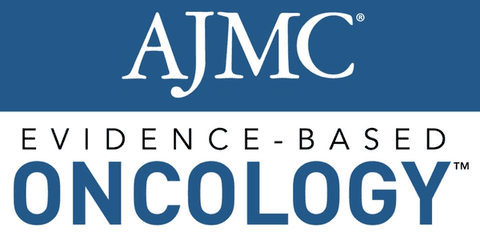Article
The Increasing Relevancy of MRD Testing in Blood Cancers
Author(s):
Minimal residual disease (MRD) testing is the future of diagnostics and monitoring for cancer, according to some experts. Not only can MRD determine the depth of response to a treatment, but it can also be used to determine treatment strategies.
Minimal residual disease (MRD) testing is increasingly being used as a diagnostic and monitoring tool in hematological cancers. Some consider MRD testing as the future, according to interviews published by OncLive, a sister site of The American Journal of Managed Care®, as part of an Insights series on treatment of multiple myeloma.
Primarily, MRD testing through flow cytometry and next-generation sequencing is being done in academic centers or centers that practice stem cell transplantation, noted Rafael Fonseca, MD, a hematologist at the Mayo Clinic Cancer Center in Arizona.
He explained that MRD is being used to determine the depth of response, as providers try to get patients to an MRD-negative state.
“And I think as we go, over time, and we think about strategies for maintenance, we’re going to start using more MRD testing to determine who needs to continue on therapy versus not,” Fonseca said.
He added that MRD testing is also used to monitor patients on maintenance therapy who have a durable remission. The testing is done to inform conversations with patients about whether or not they should continue with maintenance therapy.
Fonseca and Noopur S. Raje, MD, of Massachusetts General Hospital Cancer Center and Harvard Medicine School, agreed that 10-6 is the target sensitivity, which can detect the presence of 1 cancer cell within 1 million cells. Raje added that in the future, providers might want tests to be more sensitive, but they don’t have those tools yet.
As drug combinations evolve, MRD testing is more relevant than ever, said Raje.
“Given that we’re already talking about 3- and 4-drug combinations—and given that we have seen complete responses of anywhere between 40% and 50%—and if you’re then trying to compare these different quadruplets or triplets, I think using a tool such as MRD testing or looking for molecular remissions is the way forward,” she said.
Fonseca said that his clinic is doing MRD testing as part of the standard of care with patients who have undergone autologous stem cell transplantation being tested for MRD status on a visit that takes place 100 days over the transplant.
“Some recent clinical trial data show that MRD is really the goal, and it should be all that we aspire to,” Fonseca said. “…at the time you start therapy, I think the aspiration should be for patients to get to MRD-[negative] status.”




